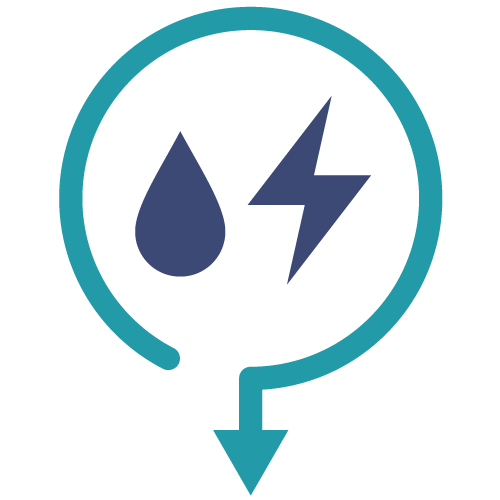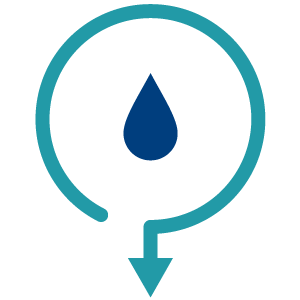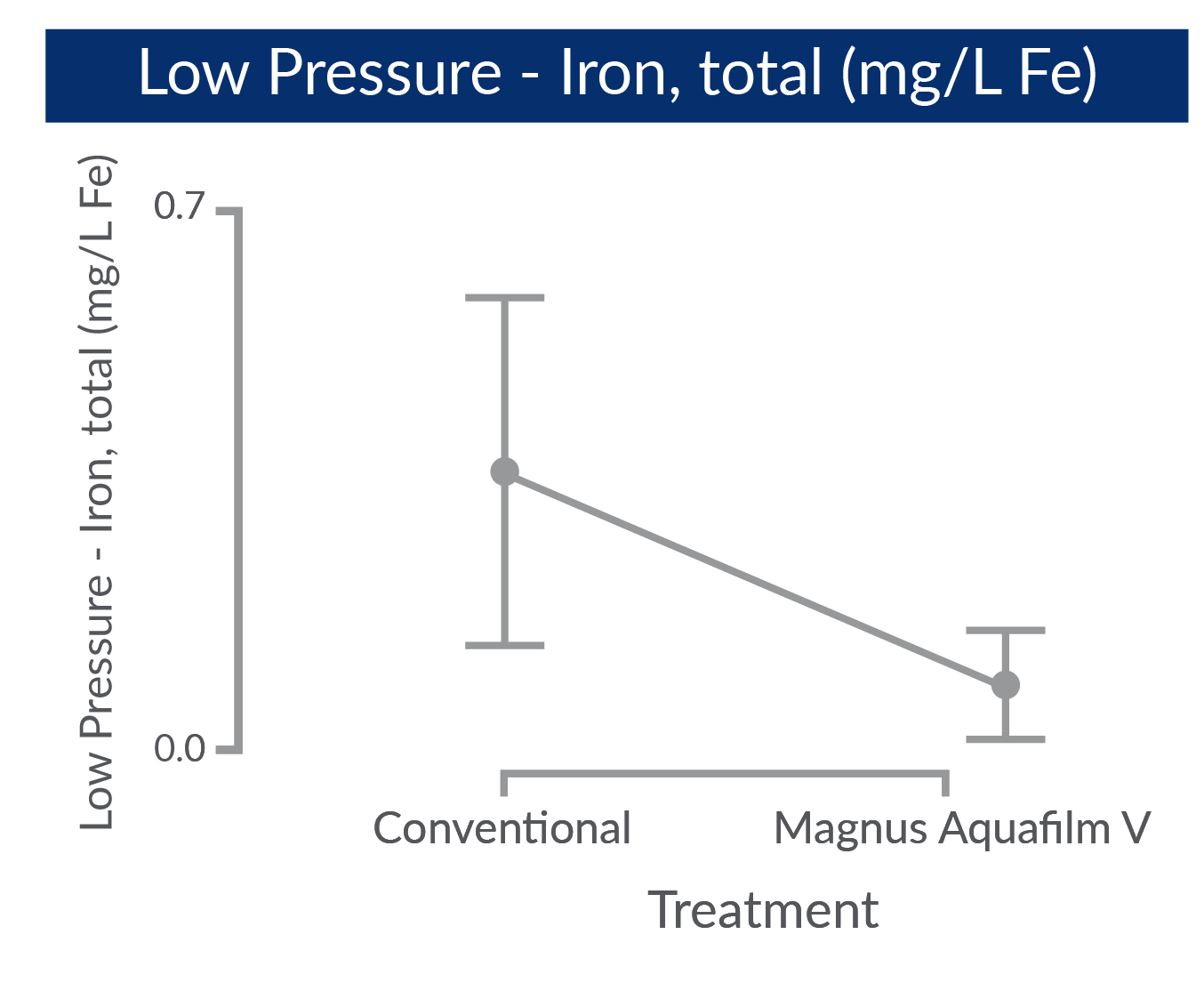For a reduction of the carbon footprint
Case study: pharmaceutical biotechnology factory
Stop wasting water with conventional treatments.

42%
of program cost recovered
from water and energy savings

40%
reduction in water consumption

40%
reduction in treatment products used

58%
reduction in iron transport from condensate network
CONTEXT
This pharmaceutical plant uses steam to provide energy for various processes, sterilize equipment and instruments, and heat the facilities. The steam network includes two natural gas-fired coil boilers, which are used either alternately or simultaneously, depending on the plant's needs and production cycles.
CHALLENGE
The operating conditions presented two significant challenges for the existing water treatment program:
- Variations in steam demand cause fluctuations in a traditional program using sulfites, which promotes corrosion and risks costly unplanned service shutdowns. Such fluctuations can also increase the consumption of conventional products and energy loss through blowdown.
- The high concentration of iron in the condensate due to intermittent process use also poses a difficult problem to control with a conventional treatment. This corrosion reduces the useful life of the equipment and causes fouling of heat transfer surfaces by iron residues.
The Aquafilm V program requires the use of only one product as opposed to three or four for a traditional treatment, significantly reducing the needs for handling and inventory management.
OBJECTIVE
When implementing the Aquafilm V program, the primary objectives were to reduce energy losses and the consumption of treatment chemicals while minimizing steel corrosion in the condensate system.
Solution
Implementing the Aquafilm V program was the ideal solution for this type of facility. As the product forms a protective film on metal surfaces, the ingress of oxygen and fluctuations in steam demand do not negatively impact corrosion.
Furthermore, since the corrosion inhibitor is organic, it does not contribute to dissolved solids in the boiler water, which allows for a significant reduction in energy consumption due to lower boiler blowdown rates.
Lastly, the Aquafilm V program provides uniform protection across the entire steam system, including the condensate network, optimizing overall system protection.

Aquafilm V forms a protective film on metal
RESULTS
Two years after implementing the Aquafilm V program, the three main objectives of energy savings, reduced chemical consumption, and improved condensate system protection against corrosion have been achieved.
The reduction in energy losses related to boiler blowdowns, along with decreased water and chemical consumption, has resulted in annual savings equivalent to 42% of the treatment costs. Additionally, the Aquafilm V program requires only one product compared to the three or four products needed in traditional treatments, significantly reducing handling and inventory management needs.
Corrosion control and, consequently, the iron concentration in both high-pressure and low-pressure condensate systems have been significantly improved, as shown in the graphs below. This improvement extends the lifespan of the plant's assets and contributes to better energy performance by minimizing insulating iron deposits on heat transfer surfaces.
Another advantage of the Aquafilm V treatment program is its tolerance to impurities in the feed water. In early 2020, a failure of internal components in the softener led to the use of feed water with a high hardness concentration. Since the pretreatment unit is custom-designed and production could not be stopped, the system operated with high-hardness water for an extended period. Thanks to the hydrophobic layer formed by Aquafilm V on boiler surfaces, no scale deposits were observed following this episode.


Conclusion
Aquafilm V technology has enabled significant savings while ensuring better protection of the condensate network and the internal surfaces of the boilers. The program also offers advantageous tolerance to impurities in the feed water (i.e., oxygen and hardness) compared to traditional treatments. Finally, replacing three products with one reduces handling and health, safety, and environmental concerns, while simplifying the overall treatment program.
